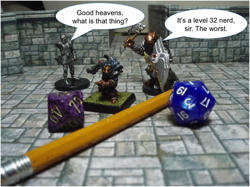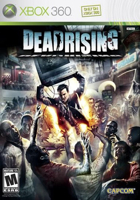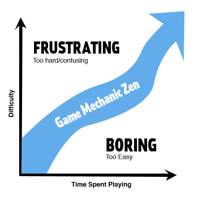 As the delegation returned to our hotel in smoggy dusk a lime green rickshaw was playing chicken with a big tan BMW 7 sedan. Some unseen signal passed between the cyclist and driver and the tangle resolved itself smoothly; the perfect metaphor for my adventures in China last week.
As the delegation returned to our hotel in smoggy dusk a lime green rickshaw was playing chicken with a big tan BMW 7 sedan. Some unseen signal passed between the cyclist and driver and the tangle resolved itself smoothly; the perfect metaphor for my adventures in China last week.
The country is a fascinating jumble of the old and new, the Chinese are inventing new ways of working together on the fly in the midst of unprecedented growth and change. The whole country smells of wet concrete. Construction is everywhere.
In the spirit of “Beginners Eyes” I’ve captured in this post a few of the things that caught my attention over my 6 day visit. We’ll be making an announcement soon about the business venture we worked on, but in this initial post I’ll focus on my personal experiences.
 The Education Business Blog
The Education Business Blog


 There are bad ideas that become iconic for every era because they were popular fads. Pet Rocks, the Pacer, Supply Side Economics, and .com groceries all come to mind.
There are bad ideas that become iconic for every era because they were popular fads. Pet Rocks, the Pacer, Supply Side Economics, and .com groceries all come to mind. Is the Internet making us dumber or are we just using our brains in new ways? The BBC posted
Is the Internet making us dumber or are we just using our brains in new ways? The BBC posted  My 17 year old son is in the other room using a kayak paddle with chain saws attached at either end to slice zombies in half. I’m sitting here minding my own business when out of the blue he says “Dad, this game is great for teaching time management skills.”
My 17 year old son is in the other room using a kayak paddle with chain saws attached at either end to slice zombies in half. I’m sitting here minding my own business when out of the blue he says “Dad, this game is great for teaching time management skills.” Ed Note: One of my favorite thinkers and practitioners on engaging kids deeply with Math and Science is
Ed Note: One of my favorite thinkers and practitioners on engaging kids deeply with Math and Science is  When textbooks go fully digital what will schools buy? Will they buy individual lessons, units of 2-3 weeks length, or full curriculum that span a year the way they do today? This is the $5 billion question facing our industry.
When textbooks go fully digital what will schools buy? Will they buy individual lessons, units of 2-3 weeks length, or full curriculum that span a year the way they do today? This is the $5 billion question facing our industry.
 It’s been four weeks and my iPad still has that new computer smell. Now that I’ve been using it in my workflow I wanted to post some additional comments on it’s utility in an educational setting.
It’s been four weeks and my iPad still has that new computer smell. Now that I’ve been using it in my workflow I wanted to post some additional comments on it’s utility in an educational setting.